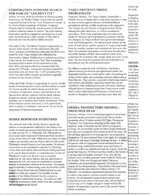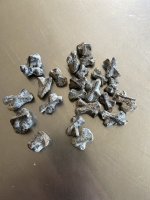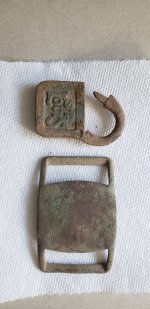gollum
Gold Member
- Jan 2, 2006
- 6,729
- 7,596
- Detector(s) used
- Minelab SD2200D (Modded)/ Whites GMT 24k / Fisher FX-3 / Fisher Gold Bug II / Fisher Gemini / Schiebel MIMID / Falcon MD-20
- Primary Interest:
- All Treasure Hunting
Packerbacker,
The LDM has been officially found about 300 times since Jacob Waltz died on October 25th, 1891, but as yet, nobody who claimed to have found it, has managed to match the ore that was in a box under Waltz's bed when he died. There are still a few pieces of the original ore floating around, and anyone who ckaims that they have found the Lost Dutchman Mine, would have to have their ore match the assays from the known Dutchman Ore samples.
Once the LDM has REALLY been found, it will be VERY easy to prove it is the actual LDM.
Best,
Mike
The LDM has been officially found about 300 times since Jacob Waltz died on October 25th, 1891, but as yet, nobody who claimed to have found it, has managed to match the ore that was in a box under Waltz's bed when he died. There are still a few pieces of the original ore floating around, and anyone who ckaims that they have found the Lost Dutchman Mine, would have to have their ore match the assays from the known Dutchman Ore samples.
Once the LDM has REALLY been found, it will be VERY easy to prove it is the actual LDM.
Best,
Mike



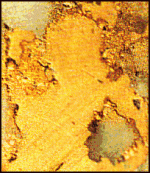

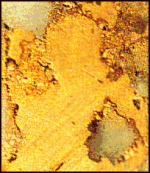
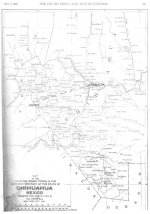
 As you have correctly pointed out, with a commercial mine, the ore body also has to take into account the country rock hosting the ore shoots; for a mining company this is very important, for a one or two-man operation it is not quite so important; if the ore is rich enough, a small operation can afford to work out the stringers without taking out a lot of country rock - "drifting" and following the ore. With today's modern metal detectors, it is possible to do this with greater chance of success than the "old timers" who had to trust to instinct and luck when following an ore vein. Many an old-timer miner found a fortune and then sank the fortune back into the ground trying to mine ore that was not worth mining.
As you have correctly pointed out, with a commercial mine, the ore body also has to take into account the country rock hosting the ore shoots; for a mining company this is very important, for a one or two-man operation it is not quite so important; if the ore is rich enough, a small operation can afford to work out the stringers without taking out a lot of country rock - "drifting" and following the ore. With today's modern metal detectors, it is possible to do this with greater chance of success than the "old timers" who had to trust to instinct and luck when following an ore vein. Many an old-timer miner found a fortune and then sank the fortune back into the ground trying to mine ore that was not worth mining.